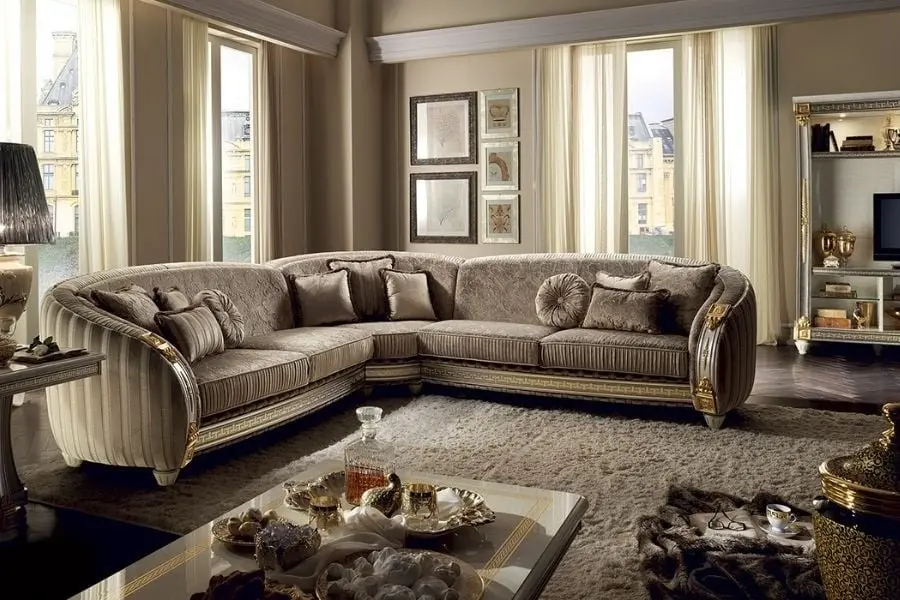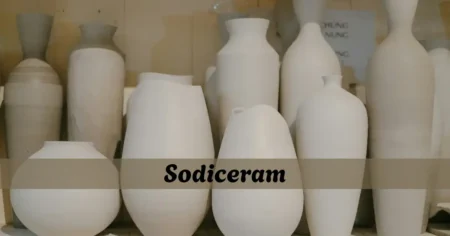Your home should reflect who you are, not just look like an Instagram feed. Many struggle to make their space feel authentic, despite trendy decor. The key? Add elements that reflect your personality, passions, and experiences. This guide shares strategies to personalize your space, from custom art to natural elements, so your home truly feels like yours.
Incorporating Personal Collections and Memorabilia
Your collections and treasured keepsakes hold the power to transform any room from generic to deeply personal. The key is displaying them in ways that feel intentional rather than cluttered.
Curate Your Displays Thoughtfully
Start by gathering items that hold genuine meaning for you. These might include vintage books, travel souvenirs, family heirlooms, or hobby-related objects. Instead of displaying everything at once, rotate your collection seasonally. This approach keeps your displays fresh while giving each piece its moment to shine.
Group similar items in odd numbers—three or five pieces work particularly well. This creates visual balance while avoiding the sterile symmetry that can make displays feel too formal. Consider the scale of your items too. Mix larger statement pieces with smaller supporting elements to create depth and interest.
Create Conversation Starters
Position your most intriguing pieces where guests naturally gather. A collection of vintage cameras on a coffee table or antique maps framed along a hallway wall can spark meaningful conversations about your interests and experiences.
Consider the stories behind each piece. A handwoven basket from your travels, your grandmother’s jewelry box, or your child’s first pottery creation all carry emotional weight that mass-produced items simply cannot match.
Using Custom Art and Photography
Nothing personalizes a space quite like art that reflects your unique perspective and experiences. Creating custom art doesn’t require professional skills—it requires thoughtful curation and personal connection.
Display Your Photography
Your photographs, when displayed thoughtfully, can become powerful design elements. Move beyond standard family photos to include images that capture your aesthetic sensibilities. Landscape photos from your travels, close-up shots of textures that fascinate you, or even well-composed snapshots of everyday moments can create striking wall arrangements.
Consider printing photos in various sizes and formats. A mix of framed prints, canvas wraps, and even metal prints can add textural interest to your walls. Create photo walls that tell cohesive stories—perhaps a collection of architectural details you’ve photographed, or a series showing the changing seasons in your neighborhood.
Commission Local Artists
Supporting local artists while creating truly unique pieces for your home creates a win-win situation. Many artists accept commissions for custom work that can be tailored to your space’s specific needs and your taste.
Visit local art fairs, gallery openings, or online platforms featuring regional artists. Discuss your vision, color preferences, and the intended space with potential artists. Custom pieces often cost less than you might expect, especially when commissioning emerging artists.
Selecting Unique Furniture and Decor
Mass-produced furniture fills most homes, but incorporating distinctive pieces can dramatically change your space’s personality. The goal isn’t to furnish your entire home with one-of-a-kind items, but rather to include select pieces that serve as focal points.
Hunt for Vintage and Antique Pieces
Vintage furniture brings character and craftsmanship that modern pieces often lack. A restored mid-century dresser, an antique writing desk, or even a repurposed industrial piece can become the anchor around which you build a room’s design.
Estate sales, antique shops, and online marketplaces offer treasure hunting opportunities. Don’t dismiss pieces that need minor repairs or refinishing—these projects can result in truly unique furniture tailored to your exact specifications.
Mix Unexpected Elements
Combine furniture styles and periods to create layered, interesting spaces. A sleek modern sofa paired with a rustic farmhouse coffee table, or contemporary lighting illuminating antique bookcases, creates visual tension that keeps rooms from feeling too predictable.
Consider unconventional decor choices that reflect your personality. A tropical painting from Key West might seem unexpected in a minimalist living room, but when chosen thoughtfully, it can add the perfect splash of personality and color that makes the space memorable.
Repurpose and Reimagine
Transform everyday objects into functional decor. Vintage suitcases can become unique side tables, old ladders can display blankets or plants, and antique windows can serve as room dividers or decorative wall elements.
This approach not only creates conversation pieces but also allows you to incorporate items with sentimental value that might otherwise remain hidden in storage.
Playing with Colors, Textures, and Patterns
Color schemes and textures offer powerful tools for expressing personality while creating cohesive design throughout your home.
Develop Your Personal Color Story
Rather than following trending color palettes, identify hues that genuinely resonate with you. Consider colors that appear repeatedly in your wardrobe, favorite artworks, or natural settings you love. These preferences often reflect deeper aesthetic inclinations that will create more authentic-feeling spaces.
Build your palette gradually. Start with a neutral base and introduce your preferred colors through easily changeable elements like throw pillows, artwork, and accessories. This approach allows you to experiment without major commitments.
Layer Textures for Depth
Incorporate various textures to create rich, tactile environments. Smooth leather furniture, nubby wool throws, glossy ceramic vases, and rough-hewn wood surfaces can coexist beautifully when balanced thoughtfully.
Natural textures often feel more personal than synthetic ones. Consider woven baskets, stone accents, raw wood elements, and organic fabrics that invite touch and create sensory interest.
Embrace Pattern Mixing
Many people avoid patterns, fearing they’ll clash, but thoughtful pattern mixing can create dynamic, personalized spaces. Start with patterns that share common colors, then vary the scales—pair large florals with small geometrics, or bold stripes with delicate dots.
Limit yourself to three different patterns per room to maintain visual harmony. Use solid colors to provide visual rest between patterned elements.
Adding Greenery and Natural Elements
Living plants and natural materials create immediate warmth and personality while connecting your interior spaces to the natural world.
Choose Plants That Reflect Your Lifestyle
Select plants based on your actual living situation, not just aesthetic preferences. If you travel frequently, opt for low-maintenance succulents or snake plants. If you enjoy daily plant care routines, consider more demanding species that reward attention with dramatic foliage or blooms.
Group plants at varying heights to create natural vignettes. Use plant stands, hanging planters, and floor plants to add vertical interest while softening hard architectural lines.
Incorporate Natural Materials
Wood, stone, metal, and other natural materials add authentic texture and visual weight to interiors. A live-edge wooden dining table, stone accent wall, or collection of river rocks can ground a space while reflecting your appreciation for natural beauty.
Consider the origins of these materials when possible. Local stones, reclaimed wood from your area, or driftwood from memorable beach trips carry additional meaning beyond their aesthetic contributions.
Create Indoor Gardens
Transform sunny windows into herb gardens, dedicate corners to plant collections, or create living walls with mounted planters. These green spaces become focal points while improving air quality and connecting you to natural rhythms.
Seasonal changes in your indoor garden create dynamic interest throughout the year, much like outdoor landscapes.
Conclusion
Creating a personalized home takes patience and trust in your style. Let your space evolve naturally as you find pieces that resonate with you. Start small, focusing on one room or wall, and build as you gain confidence. The best homes reflect their owners, not perfection. Pay attention to what brings you joy and comfort—these details will guide you in crafting a home that tells your unique story.



